What if your car could drive for you?
We’re seeing big changes all across the auto industry. Companies like Tesla have promised autonomous vehicles sooner rather than later. While a road filled with them may still be years away, one thing is for sure: the way we drive is changing forever.
What does ADAS stand for?
ADAS is short for Advanced Driver Assistance Programs. While that may seem like a fairly new concept, it’s actually been around longer than you think.
One of the first driver assistance programs built into your vehicle was the anti-locking braking system, or ABS. ABS originally started out in the 1920s as a way to control aircraft from skidding out of control as it touched down on a runway. Slowly, the advancement of ABS moved to automobiles, providing skid-control in cars in much the same manner.
Today, driver assistance programs are increasing in abundance. Technology has been added to vehicles in many different ways, all designed to keep you safer when you’re on the road.
If you know anything about AI – artificial intelligence – you know it’s structured to take over difficult, time consuming, and repetitive tasks. It creates a system to keep the process on track, so we humans don’t have to. Because it’s built through an algorithm and is designed to respond to the situation based on facts, it takes out the human element. It responds with very little, if any, work from you.
Why ADAS?
 Are advanced driving assistance systems even necessary? It’s designed to keep your car out of harm’s way, to keep you safe, and take action whenever necessary to protect your investment. That makes ADAS a good thing to have on your vehicle.
Are advanced driving assistance systems even necessary? It’s designed to keep your car out of harm’s way, to keep you safe, and take action whenever necessary to protect your investment. That makes ADAS a good thing to have on your vehicle.
Depending on the system, it can offer you a wide variety of benefits to help you get from point A to point B safely and give you a better driving experience. It uses a variety of components such as sensors, cameras, and radar to communicate with the computer that makes your vehicle operate.
Does your car have ADAS? ADAS didn’t have to be a prominent selling point for your car to use ADAS technology. You can find out what features your vehicle has by:
Checking your owner’s manual. Owner’s manuals are thicker than ever, and they can seem like a daunting, and somewhat boring task to take it all in. But it is a good idea to thumb through your guide to learn how to operate it effectively and efficiently. It’s also the best place to see all the different features you have, including ADAS.
Google it. If you know your make and model, you can use Google to determine what features your vehicle may have. You’ll find articles and videos to help you determine what your car is built with, and how you can use it to keep your car in better condition.
Get to know your car. There’s more to driving a car then jumping into the driver’s side and starting the car. Spend a few minutes walking around and seeing all the parts. Look for cameras on the tailgate, in the rearview mirror, on the bumper at the front of the vehicle, and in the side mirrors.
Ask. The next time you drop your car off for servicing, ask about ABAS. We’re happy to teach you more about what your vehicle does to keep you and your passengers safe.
What can ADAS help with?
There are many ways ADAS is being incorporated into your car. This is how it can help you.
Adaptive Cruise Control – instead of having to monitor cruise control when you’re on the highway, advanced cruise control monitors the road for you and slows down or speeds up in response to the actions of drivers around your car. It’ll automatically shut off if you go below a certain speed.
Adaptive Light Control – this is designed to help you see better in all road conditions. It adds light as it grows dark, and can swivel and rotate headlights to better illuminate the space around you.
Automatic Braking – this system is designed to reduce the chances of crashing. It’s meant to monitor the speed of traffic and reduce speed to lower the risk.
Automatic Parking – if you’ve ever had trouble parallel parking, this feature is for you. It automates the entire job of parallel parking. Different models offer different levels of support, from handling the entire job for you, to prompting you when to turn the steering wheel and when to stop.
Collision Avoidance – this system is designed to sense how close your vehicle comes to objects around it. It can sense vehicles, pedestrians, animals, obstructions, and other objects you might miss by looking in the mear. It warns the driver as you get too close so you can make adjustments as necessary.
GPS – it’s hard to remember life when all we had available were bulky maps. Now, you simply click on a navigation system, and you can get everything from live traffic data to maps, vocal directions, or actual screens where you can see the world outside of your vehicle.
Lane Departure – ABAS is often designed to avoid distractions. Lane departure uses a variety of sensors to ensure your vehicle stays on course, within the lane itself. If you start to drift, it sounds an alarm so you can correct your actions before putting you, your vehicle, or others at risk.
Night Vision – sometimes driving at night is difficult at best. Night vision systems work either through active or passive systems to help you be more aware of what’s around you. Active night vision used infrared while passive systems use thermal energy to highlight possible danger points.
Tire Pressure – driving on a flat tire is a sure way to further damage your car. Yet it’s easy to miss depending on how you walk up to your vehicle. Tire pressure can also change daily, depending on road conditions and climate. A tire pressure monitoring system checks inflation levels and ensures your tires stay safe, alerting you to potential problems.
What is ADAS vehicle alignment?
When you bring your car in for an alignment, a technician performs a computerized process to ensure all four wheels are straight. They use the computer to adjust three separate angles of each wheel known as the camber, caster, and toe.
An ADAS alignment is different. Because ADAS controls a variety of systems throughout your vehicle, it requires an even more specialized alignment process to ensure they are all working well.
It starts at the wheel, making the necessary adjustments. Then it continues to ensure your cameras, sensors, and radar that helps control computer components are working at its best. For example, if the camera used to assist you while backing up isn’t focused correctly, you could miss crucial parts behind you that create hazards more than help.
Do you need a safety systems alignment?
Just like other maintenance on your vehicle, you should schedule a safety system alignment periodically to ensure everything is working at its best. Our mechanics have the right equipment to ensure everything on your vehicle is working at its best.

 If you start to notice a vibration as you are driving, it’s a sign your tires need balancing. You might notice a shake in your steering column, feel it underneath your feet on the floorboard, or even notice movement in your seat.
If you start to notice a vibration as you are driving, it’s a sign your tires need balancing. You might notice a shake in your steering column, feel it underneath your feet on the floorboard, or even notice movement in your seat.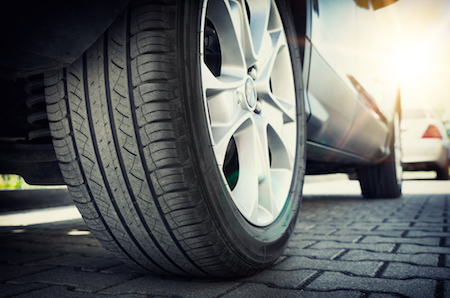 It can also be deadly.
It can also be deadly. You may not be familiar with all the items on your service center’s menu board so here is a quick description of some of the typical services that might be listed. But understand that the menu board is there for a reference; you should speak to your service adviser about other possible needs or services.
You may not be familiar with all the items on your service center’s menu board so here is a quick description of some of the typical services that might be listed. But understand that the menu board is there for a reference; you should speak to your service adviser about other possible needs or services.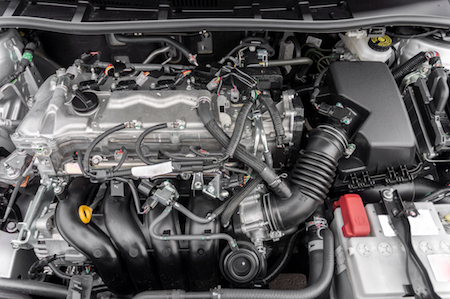 The longer you own a vehicle, the more maintenance it’s going to need.
The longer you own a vehicle, the more maintenance it’s going to need. This is the one smell you might mistake for an old, moldy snack left under the seats. As your car operates, you notice a rotten egg smell coming through the vents.
This is the one smell you might mistake for an old, moldy snack left under the seats. As your car operates, you notice a rotten egg smell coming through the vents.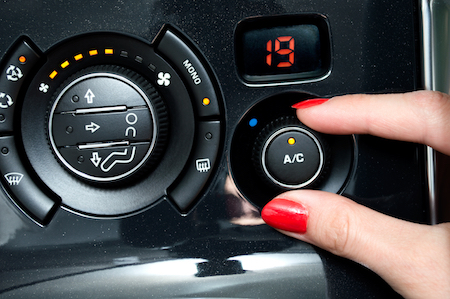 Imagine a sludgy, sticky, dark goo slowly flowing inside your car’s internal workings. As the refrigerant in your car’s air conditioning system breaks down, it slowly moves inside the compressor.
Imagine a sludgy, sticky, dark goo slowly flowing inside your car’s internal workings. As the refrigerant in your car’s air conditioning system breaks down, it slowly moves inside the compressor.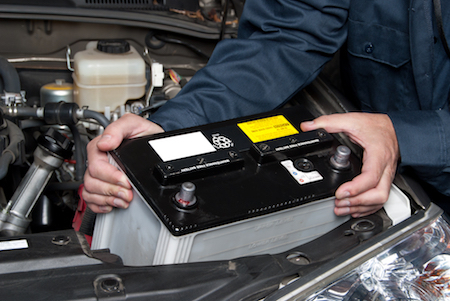
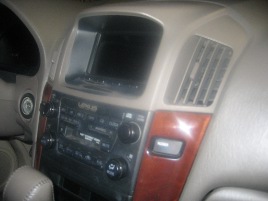 You push a few buttons or turn some knobs, and voila, you have warm air blowing on your feet or cool air chilling your face. How does it all happen? Well, it’s all thanks to the air blend box. This box lives behind your dash and serves up just the right air temperature right where you want it.
You push a few buttons or turn some knobs, and voila, you have warm air blowing on your feet or cool air chilling your face. How does it all happen? Well, it’s all thanks to the air blend box. This box lives behind your dash and serves up just the right air temperature right where you want it. While parts wear down due to age and mileage, there are also a few other ways you can help keep your brakes working and extend their life, to ensure your safety no matter what the driving conditions.
While parts wear down due to age and mileage, there are also a few other ways you can help keep your brakes working and extend their life, to ensure your safety no matter what the driving conditions.